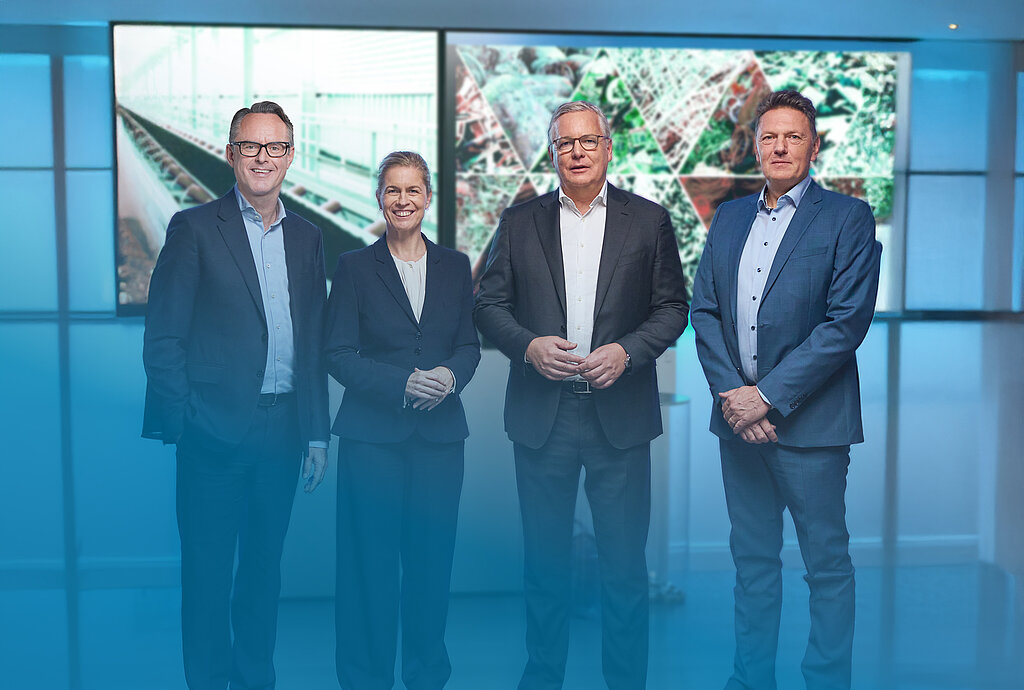
We are the new team
Aurubis has set its sights high with a historic growth agenda. A new Executive Board also came together this year after the serious challenges of 2023. With an explicit promise: We deliver. In an interview, the four-person team talks about how crucial it is to consistently implement investment projects, keep expanding the smelter network, and strengthen our multimetal business. The Executive Board team has set clear priorities including heightening trust in Aurubis among all stakeholders.
Toralf Haag, you already knew Aurubis well from your time as CFO of Norddeutsche Affinerie. After your first few months as CEO: What is new, what has stayed the same?
Toralf Haag The company is considerably larger and more complex and international than it was in the early 2000s. We produce more metals in larger amounts and are better equipped to handle the huge variety of raw materials. We are following a clear strategic plan. This includes a number of approved investment projects that we are currently realizing, with the dedication of the entire Aurubis team. We plan to deliver — and we will! Along with the still very robust business model, I’ve seen a lot of familiar faces from back then too. This has shown me just how exceptionally loyal the employees are to the company, a sign of real strength. We will continue to put our faith in this stability, consistency and teamwork in the future as well.
What is your plan of attack?
T. H. After very honestly taking stock of the company, I have to say: We’ve still got some challenges to face. Expanding occupational safety, investing in plant security, reinforcing people’s trust in Aurubis — to name just three. We are also targeting further enhancements to our financial performance in harmony with our environmental and decarbonization targets. It won’t happen overnight, but we’ll get there. And of course we’ll put the long-term assumptions of our strategy through their paces, adjust them where needed and fine-tune our strategy. It’s important to me that we do this as a team. On the Executive Board, throughout the company. As the Executive Board, we’ll also be driving cultural aspects forward too.
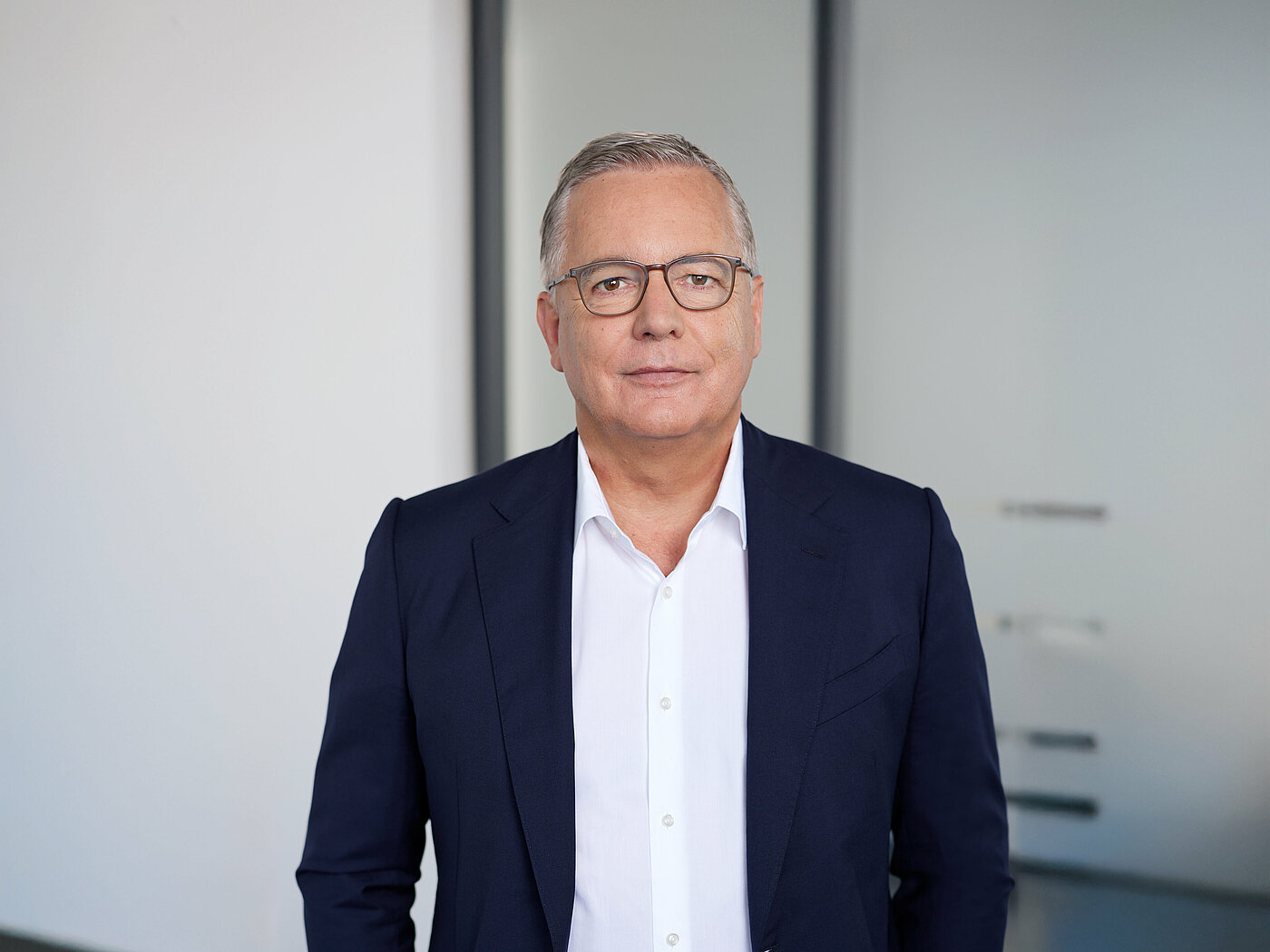
Tim Kurth, plant security was already mentioned. Where does Aurubis stand today and where do we go from here?
Tim Kurth We’ve already rolled out comprehensive measures to heighten security step by step — this applies to plant security and work safety alike. All the sites are contributing. Making changes today is one aspect; ensuring these changes last and adjusting them to the changing threat level whenever necessary is another important aspect. We have identified around 400 measures for upping plant safety, and are implementing the 100 most important quickly and systematically. Some are rather obvious, like more efficient surveillance of critical equipment, while others are more complex, like developing and utilizing highly automated sampling systems. We are also working on heightening the awareness of our employees through impactful campaigns, for example. We are protecting our employees to ensure no one becomes a malicious insider.
And how are you improving occupational safety?
T. K. We’re taking a similar approach. Our objective is clear: zero work-related accidents at Aurubis. But we can’t just impose rules and make it so. Along with technical and organizational measures, aspects of company culture are also incredibly important for behavior-based work safety. Our method is to have every site work on its individual challenges because every site has different conditions. We are also defining Group-wide standards. Everyone I’ve spoken to has expressed great willingness to drive us in the right direction.
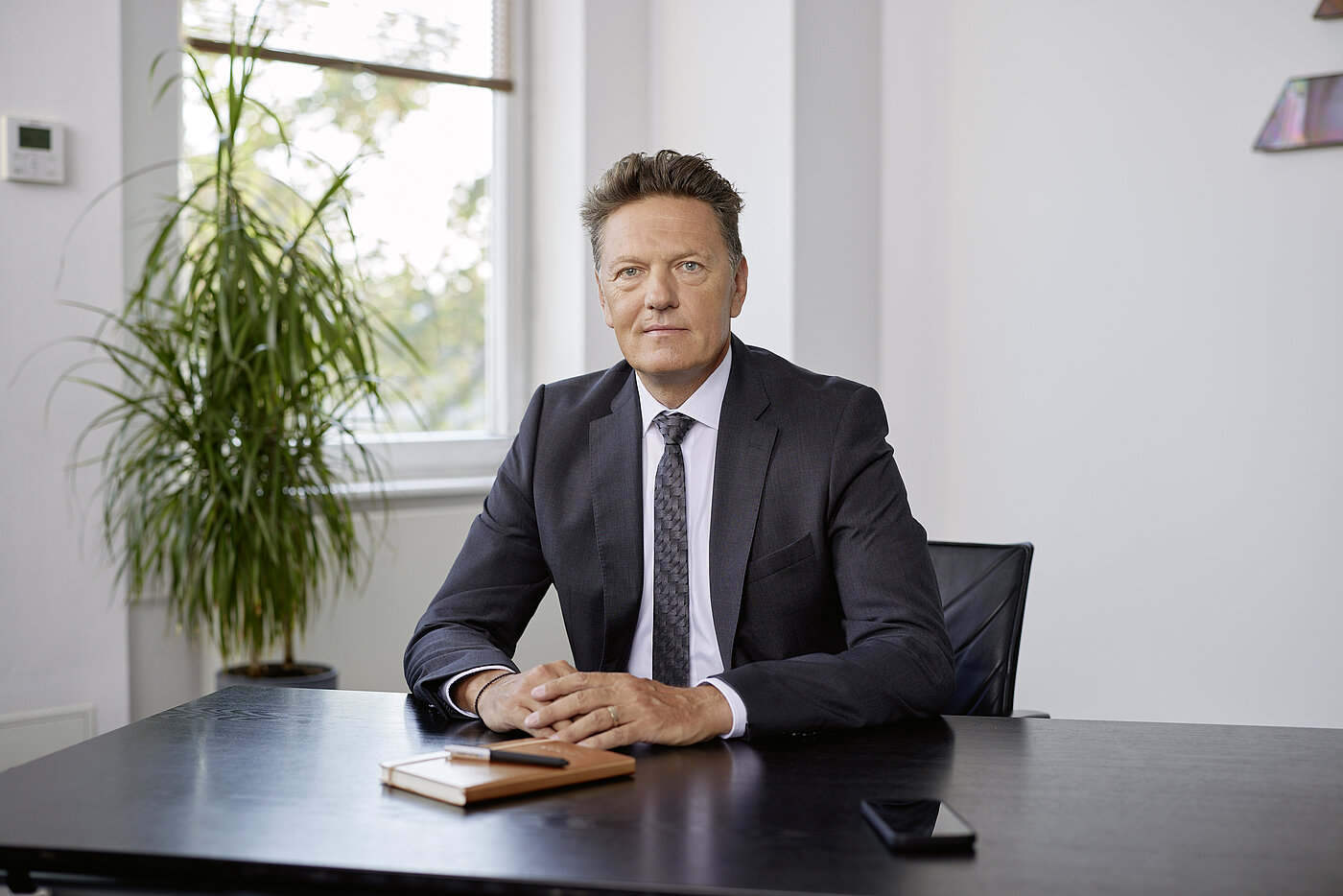
Aurubis is growing, especially in recycling. Inge Hofkens, what is the most important project to you?
Inge Hofkens The great thing about our growth strategy is that we are not ‘putting all our eggs’ in one project. We’re advancing all our sites. Each according to an individual blueprint to judiciously expand our smelter network, further optimize material flows, and keep even more metals in the loop. This is how we are conserving society’s resources and increasing our independence from other regions of the world in Europe and the US. Recycling is an aspect of what we do at almost all our major sites. Around two-thirds of the investment funds greenlit for the strategy are going towards this growth area. This is our direct contribution to important political initiatives like the Critical Raw Materials Act and the circular economy. Every project at Aurubis has its own charm and added value for the smelter network. In sheer size though, our investment in the US stands out.
Because of the high sum invested?
I. H. In part, but it’s more than that. We are very proud to be bringing the first secondary smelter of this kind for complex recycling materials in the US to life. The project has a lot going for it: The market is attractive, large and growing. The broad parameters are competitive and pro-business and the transport connections ideal. Policymakers and US suppliers on the ground really value how we are strategically closing loops for critical metals and acting as a local buyer. We will successively ramp up the plant’s capacity in 2025. Our goal is to be the market leader in multimetal recycling in the US. We’ve set our sights on nothing less.
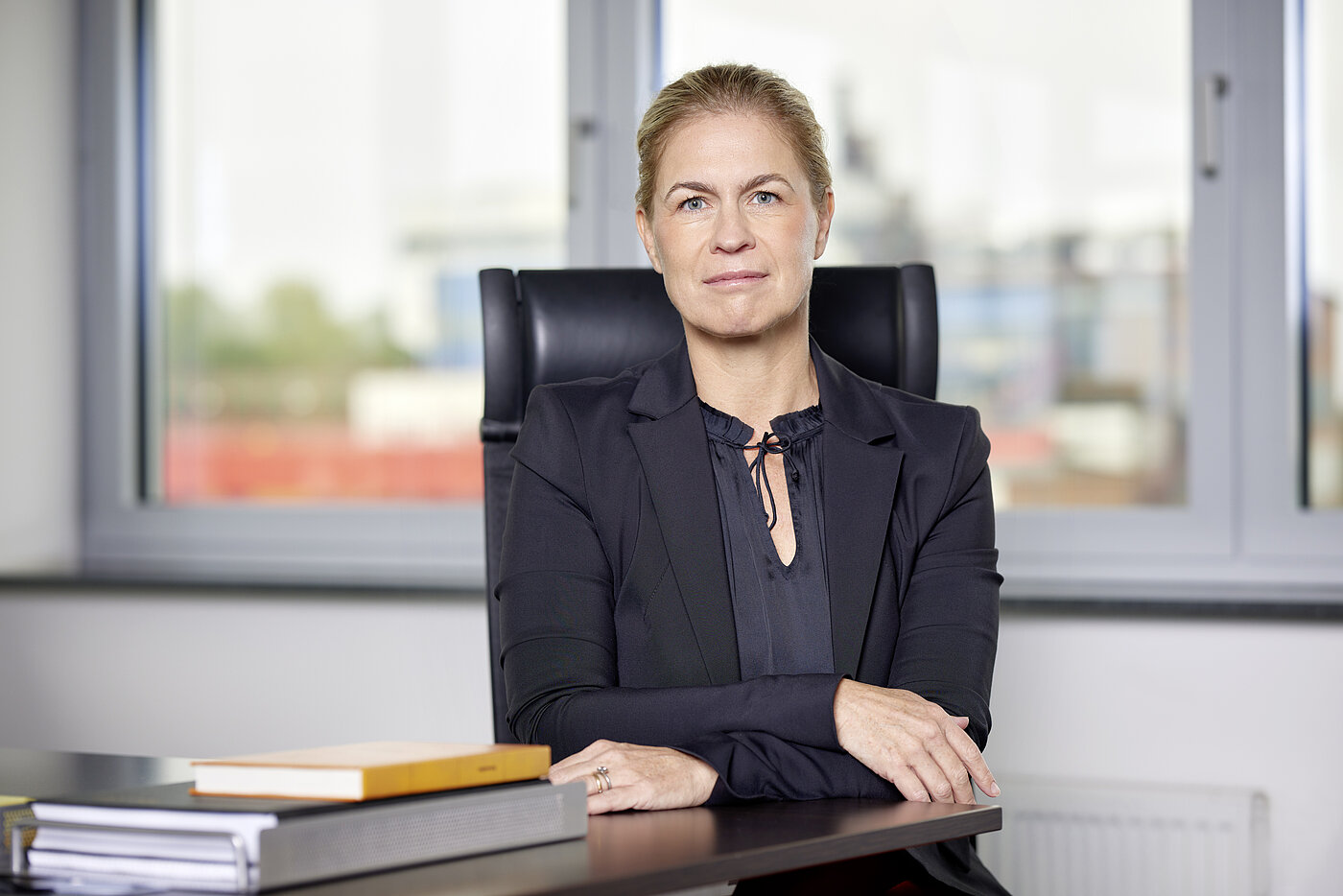
Aurubis is known for its solid financing. Steffen Hoffmann, is the largest investment agenda in the history of Aurubis endangering this strength?
Steffen Hoffmann Absolutely not. Aurubis is on — and is staying on — solid financial footing. An equity ratio of over 55 % and very little outside debt gives us a lot of latitude. We will have no problem handling the currently approved projects totaling €1.7 billion, over 50 % of which has already been invested. Of course we are seeing the launching costs for strategic projects in our financial statements, since earning contributions will come later. This goes hand in hand with temporarily negative cash flow. That’s normal as well. On the Executive Board we are in agreement that clear priorities have positive cash flows.
With the financial statements fresh in your mind, do you see any major hurdles?
S. H. I don’t see any major hurdles, but maybe some things to pay attention to. We will be keeping a closer eye on the cost factors in the future. It’s not easy to walk that tightrope between a growth phase on the one hand and a lean organization on the other. Our investments in digitalization and automation will help us here in the future: using computer-assisted decision-making templates to make production processes ‘smart’ while managing our naturally fluctuating inventories even better than before. I see these as important issues to address.
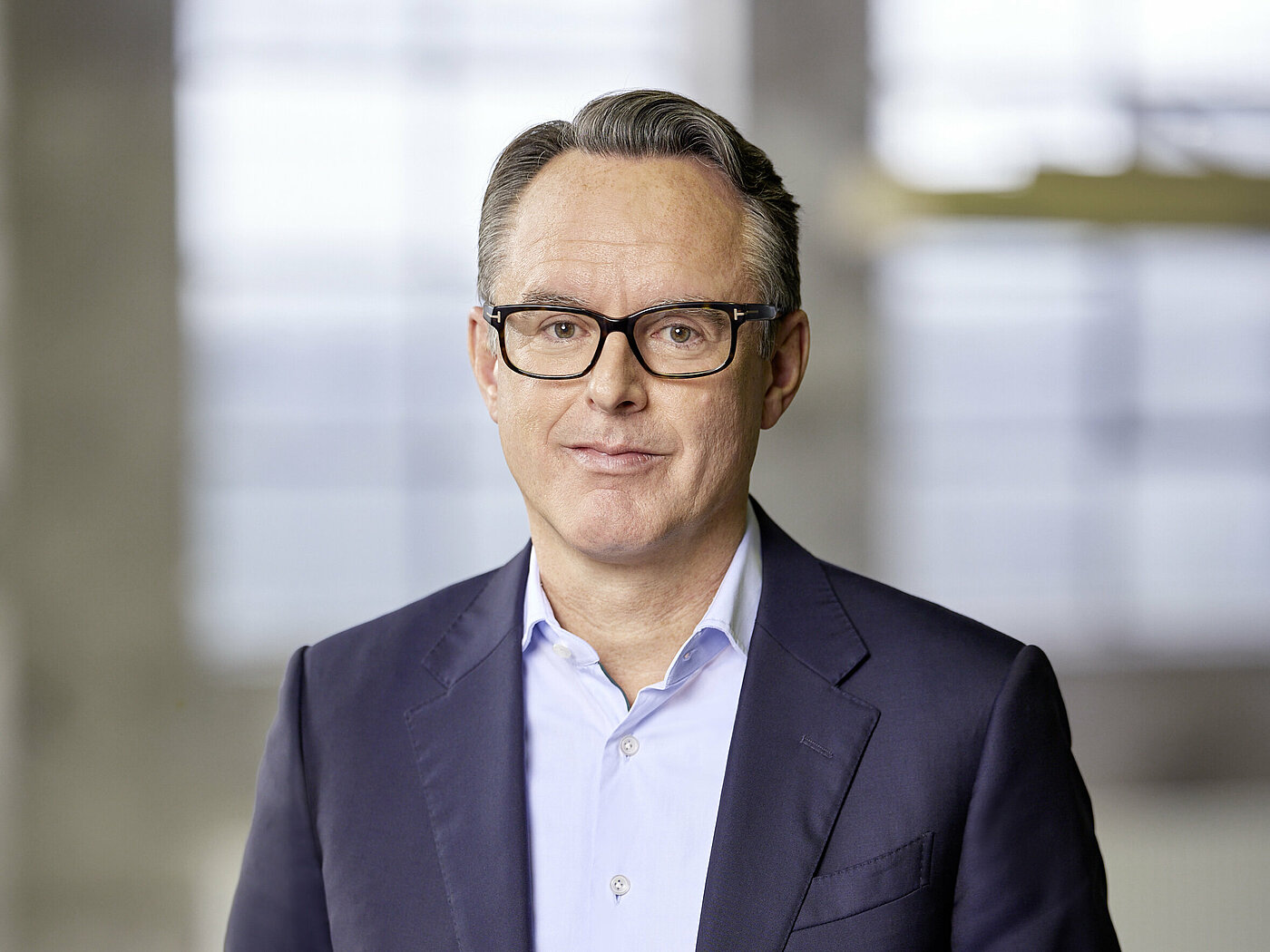
Toralf, more than 40 % of approved strategic funding is going to the US. What role will Europe play for Aurubis in the future?
T. H. A large one. Europe is and will remain our core market. Starting up in the US and focusing on Europe is not either/or: We can absolutely do both! Aurubis Richmond is an investment in the North American regional growth market, diversification that makes sense for us. It rounds out our business in Germany and Europe and adds even more stability to our business model. We are investing around €750 million in our Hamburg headquarters alone, this year and in the coming five years. Projects to advance our multimetal strategy, to optimize processes, but also in climate and environmental conservation. This is the approach we are taking to the entire smelter network. We are strengthening our key core business, copper concentrate smelting, in particular. At the same time, we’re driving a lot of decarbonization and environmental projects to help us reach our goal of going carbon-neutral before 2050. Today, we produce our copper cathodes with 60 % lower CO₂ emissions than our global competitors. Yes, Aurubis is energy intensive. But we are also very energy efficient.
Which projects specifically?
T. H. We’re building captive solar parks on a large scale in Bulgaria, and our Belgian plant in Olen runs almost exclusively on offshore wind power and innovative energy sources. We’re also identifying more potential for energy efficiency in our processes. This is how we are closing loops, and the benefits go well beyond Aurubis. Our Industrial Heat project is an excellent example. In 2024, we laid the groundwork for significantly expanding existing capacity. Since 2018 we have been supplying heat from a sub-process of copper production to Hamburg's HafenCity East district; now, starting in the 2024/25 heating period, this will heat up to 28,000 more Hamburg households — avoiding up to 120,000 t of CO₂ emissions in the city of Hamburg every year. Another significant sustainability project that shows that industry is a crucial piece in the energy and heat transition puzzle. We were awarded the 2024 German Sustainability Award for our work in sustainability and recycling — gratifying recognition of the performance of the entire Aurubis team.
Tim, recycling won’t be enough to cover global demand for copper. What are you doing to get our core business, copper concentrate processing, fit for the future?
T. K. We’re investing in equipment, processes and know-how. This year, we completed the largest planned maintenance shutdown in the Hamburg site’s history. Next year, we’ll be comprehensively updating the equipment in our Bulgarian plant to state of the art. We regularly use scheduled maintenance shutdowns to make our processes better, more efficient and more innovative. The new anode furnaces in Hamburg are one example. They are H₂-ready and fit for the hydrogen age. But that’s not all: We were involved in designing the anode furnaces, which are also 30 % more energy efficient even when using conventional natural gas. This not only directly benefits us; it is good for the environment too. I am completely confident that Aurubis will continue to utilize enormous potential though process improvements and innovations in the coming years. Potential that we will leverage to combat rising costs in areas like energy procurement and competition for the best employees.
How much more potential is there at Aurubis to produce even more copper for the energy transition?
T. K. We are spending a lot of money to expand the capacities of our tankhouses, especially in Bulgaria right now. This will ultimately give us a 50 % rise over production today. In Lünen as well, we successfully concluded a year of work refurbishing the tankhouse in 2024 — an investment that will yield an around 10 % capacity increase in copper cathode output. This is how Aurubis is directly contributing to ensuring that European industry has access to the metals it so critically needs for the energy transition in Europe. This is good for the environment and good for prosperity in the regions we are active in.
Everyone is talking about responsibility in the supply chain. Inge, what progress did Aurubis make in the most recent fiscal year?
I. H. To my mind, the Copper Mark certification at our sites in Beerse, Belgium and in Stolberg, Germany was a significant milestone in 2024. In part because it marked a huge success for all the employees who contributed to the process. But also because it means all our large smelter sites, and with them the majority of our smelter network, have been certified with the gold standard of the copper industry. More than 95 % of Aurubis cathode production complies with the Copper Mark standards, which draw on the 33 internationally recognized sustainability criteria set out in the Risk Readiness Assessment of the Responsible Minerals Initiative (RMI). In the coming year, the Copper Mark certification of Aurubis subsidiary Deutsche Giessdraht GmbH is planned along with a number of recertifications. And we’ll keep moving forward!
Steffen Hoffmann, aside from financial factors, what do you see as the most important factor for Aurubis’ future success?
S. H. It might seem surprising coming from a CFO, but for me our employees are our most valuable element. They are the foundation of our success — for day-to-day business and financial results. We closed out the past year successfully too, as is clear from €413 million in operating earnings and an around 11.5 % return on capital employed. At the same time, we achieved great cash flow at €537 million, on par with the level of the previous year. It is the people at Aurubis who make all these successes and all our investments possible in the first place.
Toralf, where would you like to steer Aurubis in the coming three to five years? What are your key objectives?
T. H. To win back trust in Aurubis! We have the potential to become the benchmark for occupational safety and plant security in our industry. We will also continue to raise profitability, expand recycling — an industry of the future — and drive our multimetal strategy. We are an important global supplier of metals that are essential for the transition to a more sustainable global economy, so we are supplying an important megatrend. We have excellent prospects for the future because we continue to fortify our robust business model with organic growth projects, and to better our unique smelter network with additional processes and processing capabilities. We want to be and remain the partner of choice for suppliers, for customers, and for the society in which we live and work!
Further information can be found in the Letter from the Executive Board in the Annual Report.